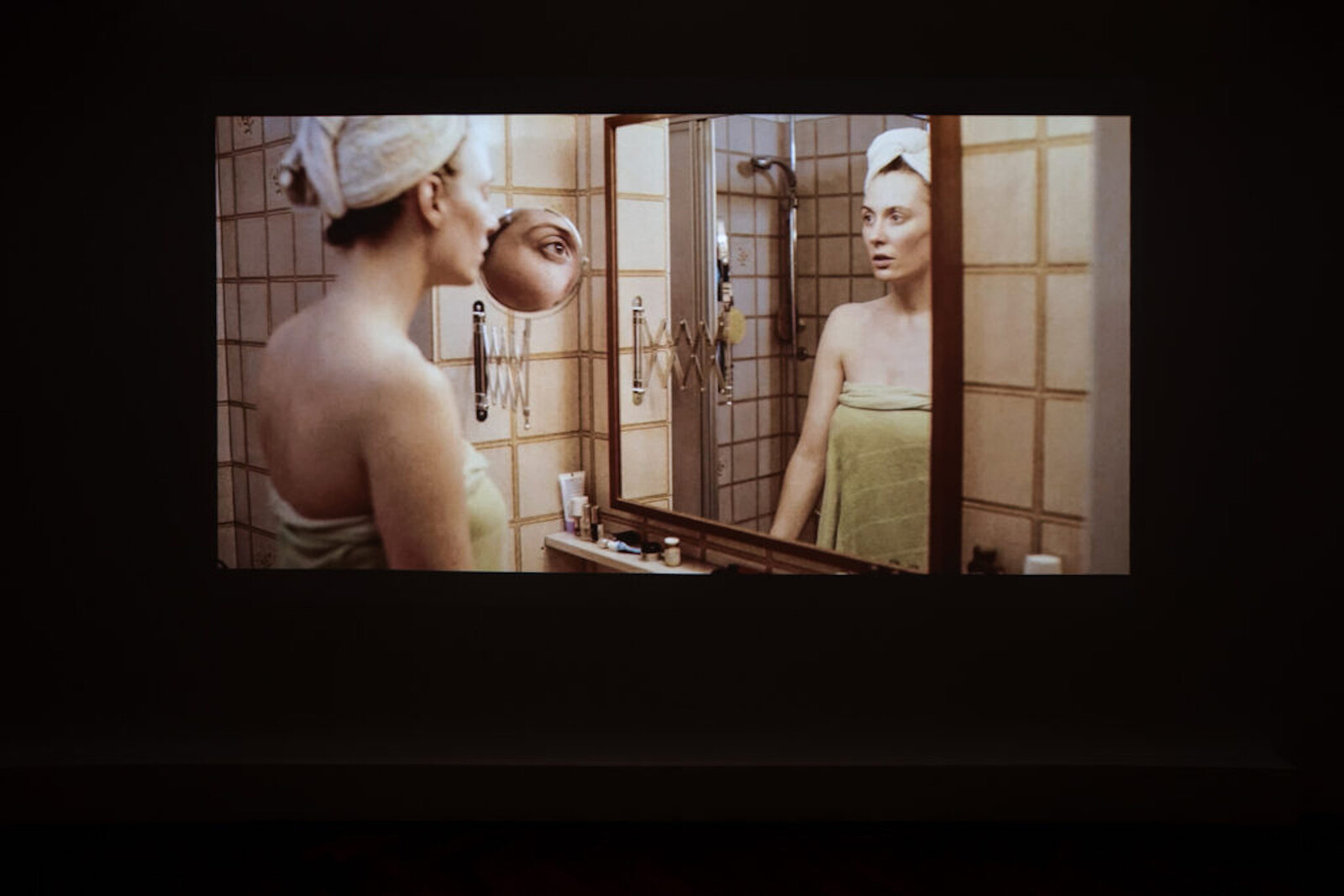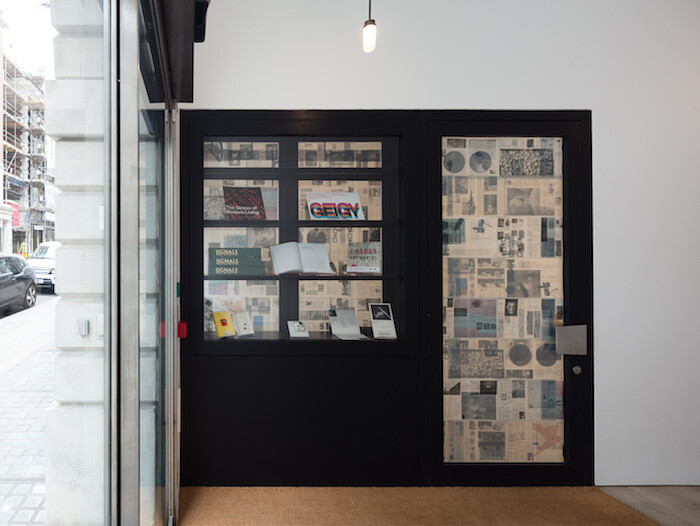Categories
Subjects
Authors
Artists
Venues
Locations
Calendar
Filter
Done
May 20, 2022 – Feature
London Roundup
Orit Gat

In the local elections held the week before London Gallery Weekend, the residents of Westminster City Council, which covers much of central London, voted Labour into a majority for the first time since the council’s creation in 1964. The vote was partly informed by the Conservative council’s misguided decision, widely publicized in 2021, to spend six million pounds on the “Marble Arch Mound,” a twenty-five-meter-tall astroturf hill and viewing point designed to lure viewers back to the city’s busiest shopping district. It failed: many stores are still covered with for-rent signs, one of which peddled a “blank canvas for new ideas.” These are the visual and linguistic relics of the before-time: they represent old ideas of urban environments and their inhabitants’ habits, and beg the question, “What if we don’t want to return to how things were?”
At Emalin, Augustas Serapinas is displaying eight large black reliefs made of roof shingles taken from a wooden house from his home country, Lithuania. Many of these traditional architectures are now abandoned or destroyed and used for firewood. Serapinas bought one, broke it apart, charred its roof shingles, and repurposed them into monochromes that are part-painting, part-sculpture. They are heavy, loaded with their …
June 28, 2021 – Feature
London Roundup
Orit Gat

It would be impossible to think about London’s first Gallery Weekend in early June outside the context of the slow re-emergence from lockdowns. I know this strange sensation is not unique, but the experience of a public disaster dealt with largely by isolating from society has also marked the way I look at art. Taking stock of my tour of the city, it strikes me that the artworks which affected me most were ones that displayed intimacy, proximity, and all those daily exchanges from which I have felt distant these past sixteen months.
That is not to say that the daily and intimate are not political. At Lisson, “An Infinity of Traces,” a group show curated by Ekow Eshun, focused on the work of UK-based Black artists. It included Alberta Whittle’s video Between a Whisper and a Cry (2019), which explores Barbadian poet and historian Kamau Brathwaite’s idea of an oceanic worldview in the aftermath of the Middle Passage, and a series of watercolor text drawings by Jade Montserrat (who also has a solo show at Bosse & Baum in South London) that bear heavy, physical messages, like The smell of her still burning hair (2017). When I was trying to …
July 18, 2018 – Feature
“Signals: If You Like I Shall Grow”
Isobel Harbison

“Signals: If You Like I Shall Grow” is an exhibition of works that come from a past that was alive to the future. Initiated by Mexico City’s kurimanzutto, held across the two spaces of London’s Thomas Dane gallery, and curated by Isobel Whitelegg, the exhibition echoes the interdisciplinary alliances of its subject matter: London gallery Signals’ activity between 1964 and 1966. As well as being a commercial entity, Signals was also an innovative project space, an experimental publishing endeavor, and a loosely associated set of artists primarily active between the UK (London and various regional centers) and Latin America (Venezuela and Brazil, primarily).
Both moderately sized spaces are dense with works, 42 in each. But an absence of durational work (with the exception of Gustav Metzger: Auto Destructive Art, by Harold Liversidge [1965] and Free Radicals by Len Lye [1958–79], shown consecutively on a monitor, on loop) and the careful editing of archive material (there’s a vitrine of editions near the entrance and, further into the gallery, a bench/table structure featuring excerpts from several publications), means that navigating through it is not an overwhelming documentation-heavy endeavor. There are no wall labels; the works are not divided by medium, geographical origin, theme, …